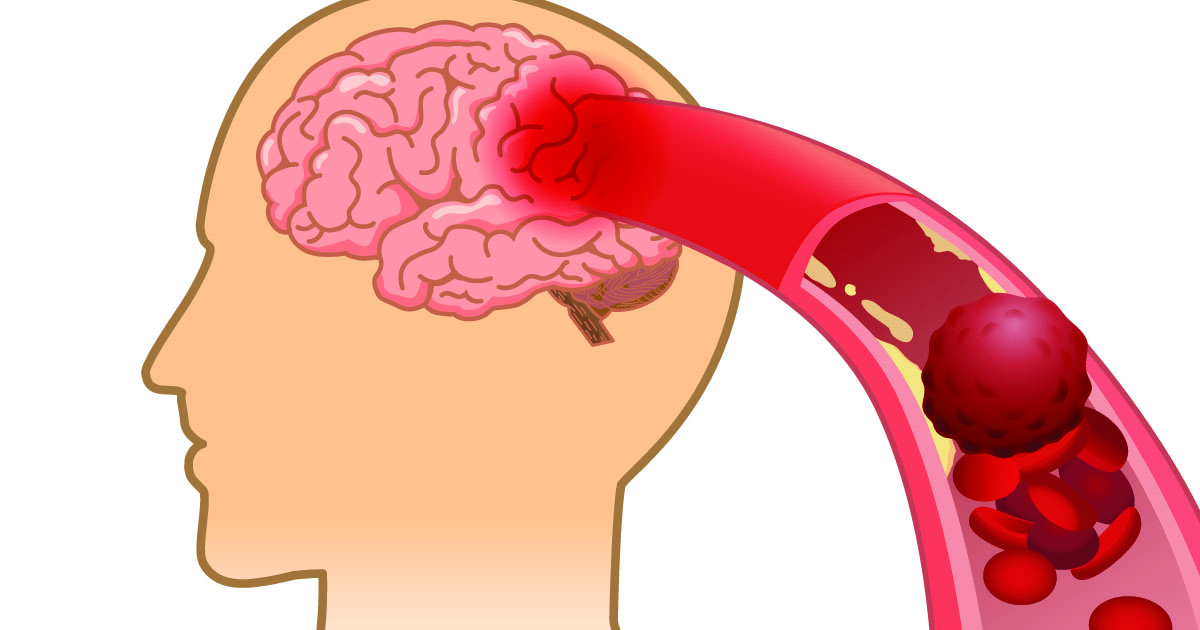A manicure covers all wrinkles or imperfections on your nails, but shiny nail polish can’t hide the disease in your body.
Your nails reflect your overall health, and abnormalities can indicate a potential issue with your liver, lungs, or heart.
The health of your nails is often a mirror of what’s happening in our bodies, and when changes occur, they can indicate various health conditions or just normal aging processes.
Striations on nails may be harmless, but according to the National Library of Medicine (NCBI), ridges on “nails can also provide insight into more sinister systemic manifestations,” indicating underlying health problems.
In this article, we look at the different types of stripes on your nails, what they might mean, and when you should seek medical advice.
Types of nail stripes
Vertical stripes
Vertical stripes, or longitudinal stripes, are common and typically run from the cuticle to the tip. They are often associated with aging because nail ridges can become more prominent as you grow older.
In some cases, they may indicate nutritional deficiencies, such as a lack of certain minerals or vitamins (vitamin B12, magnesium, or iron).
Vertical ridges are common as you age and are often harmless. However, if they appear suddenly or become more pronounced, it may be worth checking for conditions like anemia or thyroid issues.
Horizontal stripes
Horizontal stripes or grooves can indicate more specific health problems.
These horizontal indentations, also known as Beau’s lines, can appear after physical trauma to the nail, or due to severe illnesses or medical conditions, including malnutrition, uncontrolled diabetes, heart attacks, or respiratory conditions.
The appearance of these ridges is often associated with temporary disruptions in nail growth caused by periods of intense stress or illness, as the body may temporarily slow down or stop nail growth.
The NCBI states that if the growth of the ridges is “abrupt, [it] indicates an abrupt attack of illness.” And if it’s present on all 20 nails, it’s “usually due to a systemic disease such as mumps, pneumonia, coronary thrombosis, Kawasaki disease, syphilis, and hypoparathyroidism.”
White stripes
White, parallel horizontal lines that do not indent the nail surface may indicate liver or kidney problems. These lines, called Muehrcke’s lines, tend to fade temporarily when pressure is applied to the nail and often appear on multiple nails at once.
A decrease in protein levels in the blood, particularly albumin, can also cause these white stripes, which are common in people with malnutrition or chronic liver disease.
If Muehrcke’s lines are visible on multiple nails, consult a doctor as it may indicate a protein deficiency or kidney/liver problems.
Poor diet
For the majority of the population, wrinkles are normal and can be addressed with some polishing or a change in healthy lifestyle.
A balanced diet rich in protein, vitamins, and minerals – biotin, vitamin E, iron, and zinc – can improve the appearance of nails over time.
Dr. Sara Norris, a naturopathic doctor from Los Angeles, tells Healthline that “a healthy nail is usually an indicator of poor nutritional intake or poor digestion.”
“Brittle, weak, and flaking nails are the most common issues I see in my practice, and these symptoms are more often due to a poor diet than a systemic disease,” she explains.
Your nails provide valuable insights into your health, ranging from innocent signs of aging to potential indicators of underlying health problems. Most causes are easy to treat, but they are a good indicator of poor health, so pay close attention to what they tell you!




